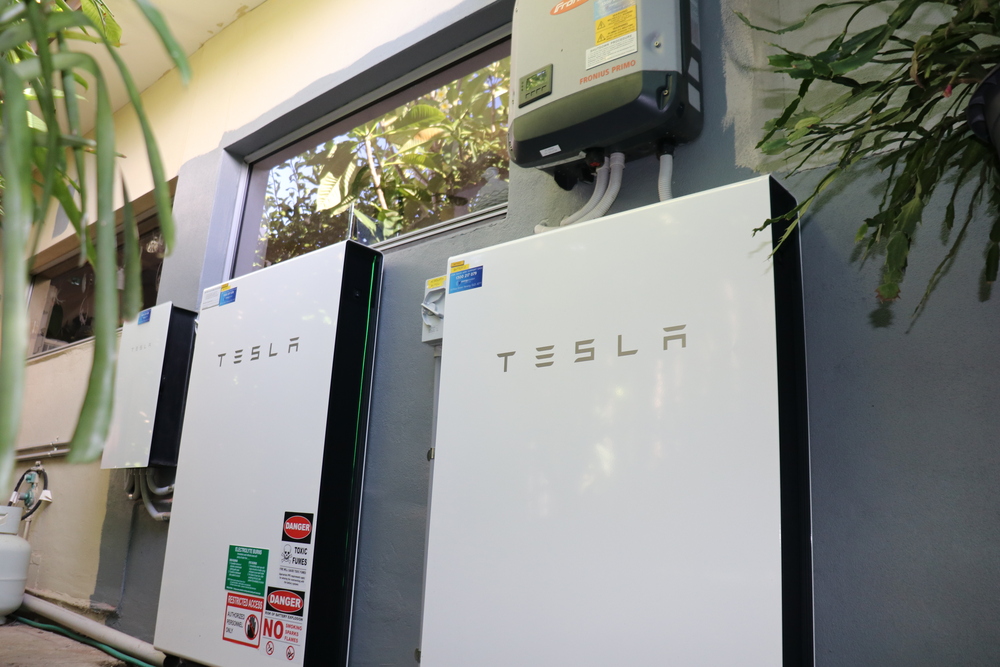Market Overview
The self-driving cars market is entering an era of exponential transformation, revolutionizing the global transportation ecosystem. Defined by the increasing integration of artificial intelligence (AI), machine learning, and automation in vehicle systems, the market is witnessing rapid growth. At the core of this evolution are autonomous vehicles, capable of perceiving their surroundings, making intelligent decisions, and navigating without human input.
Self-Driving Cars Market Outlook:
According to the research report published by Polaris Market Research, the global Self-Driving Cars market was valued at USD 20.25 billion in 2021 and is expected to reach USD 60.27 billion by 2030, to grow at a CAGR of 13.9% during the forecast period.
Market Segmentation
The self-driving cars market can be segmented based on level of autonomy, vehicle type, application, and component:
- By Level of Autonomy
- Level 1 (Driver Assistance): Basic ADAS features like lane-keeping and adaptive cruise control.
- Level 2 (Partial Automation): Vehicles handle steering and acceleration but require driver monitoring.
- Level 3 (Conditional Automation): Self-driving under specific conditions, with human override.
- Level 4 (High Automation): Fully autonomous in pre-defined environments, such as urban centers.
- Level 5 (Full Automation): No human intervention required under any conditions.
Currently, Levels 2 and 3 dominate the market. However, Levels 4 and 5 are expected to grow rapidly with technological advances.
- By Vehicle Type
- Passenger Cars: Largest segment due to consumer demand and ride-sharing adoption.
- Commercial Vehicles: Includes autonomous delivery vans, logistics fleets, and robo-taxis.
- By Application
- Personal Mobility: Individual and family transportation in smart cities.
- Public Transport: Autonomous buses, shuttles, and transit systems.
- Freight & Logistics: Last-mile delivery and autonomous trucking.
- Ride-Hailing & Robo-Taxis: Emerging trend replacing conventional ride-share models.
- By Component
- Hardware: LiDAR sensors, cameras, radar, GPS, and processors.
- Software: AI algorithms, perception, path planning, and control software.
- Connectivity: V2X communication modules enabling interaction with infrastructure.
Browse Full Insights:
https://www.polarismarketresearch.com/industry-analysis/autonomous-vehicle-market
Regional Analysis
North America
North America leads the self-driving cars market, driven by tech innovation and early adoption. The United States is a hotbed for AV development with companies like Waymo, Tesla, and Cruise conducting large-scale testing. The region benefits from favorable regulations, robust infrastructure, and investments in 5G and V2X communication systems. Canada is also investing in AV R&D, particularly in weather-adaptive ADAS platforms.
Europe
Europe represents a significant growth area for self-driving vehicles due to strong environmental policies, safety regulations, and smart city initiatives. Germany, the UK, and France are spearheading autonomous vehicle testing and deployment. European OEMs are integrating LiDAR sensors and advanced automation systems into next-gen models. The EU’s funding for intelligent transport infrastructure also fosters market expansion.
Asia-Pacific
Asia-Pacific is the fastest-growing market, with China at the forefront. The Chinese government is heavily investing in autonomous driving pilots, 5G integration, and smart road networks. Baidu’s Apollo project and partnerships with domestic automakers are reshaping the urban mobility landscape. Japan and South Korea are deploying AVs in public transport systems and have robust technology bases for ADAS and LiDAR sensors. India is an emerging player, where start-ups and OEMs are testing localized AV solutions.
Latin America
Latin America’s self-driving cars market is in its early stages but showing potential, especially in urban centers. Brazil and Mexico are investing in intelligent transport systems and ADAS-equipped vehicles. Infrastructure readiness and regulatory clarity remain key hurdles to mass adoption.
Middle East & Africa
The Middle East is showing rapid development, especially in the UAE and Saudi Arabia. Dubai aims for 25% of its transport to be autonomous by 2030. Investment in smart roads and V2X communication systems are accelerating the pace of adoption. Africa’s market is nascent but may benefit from smart city partnerships and international collaborations.
Key Companies
Several major corporations are shaping the self-driving car landscape with significant investments and strategic initiatives:
Waymo
A leader in the field, Waymo (a subsidiary of Alphabet) operates a fleet of Level 4 autonomous vehicles, offering ride-hailing services in select US cities. Waymo’s use of high-resolution LiDAR sensors and robust software platforms sets industry standards.
Tesla
Tesla’s Full Self-Driving (FSD) software suite continues to push the boundaries of Level 2 and Level 3 autonomy. Using a vision-based system rather than traditional LiDAR, Tesla emphasizes scalability and real-time AI decision-making.
Cruise
Backed by General Motors and Honda, Cruise is focused on developing fully autonomous ride-sharing vehicles. Their vehicles operate on an all-electric platform, merging autonomy with sustainability.
Baidu Apollo
China’s Baidu has made significant strides in AV technology through its Apollo platform. Operating in over 20 cities, it integrates V2X communication, HD mapping, and AI perception systems to support large-scale deployment.
Aurora Innovation
Aurora is targeting the commercial freight and logistics sector with its autonomous trucking solutions. The company is developing full-stack platforms integrating LiDAR sensors, radar, and adaptive software.
Mobileye (Intel)
Mobileye specializes in ADAS and vision-based autonomy. It supplies hardware and software to leading OEMs, and its Road Experience Management (REM) system is critical for crowd-sourced map creation.
NVIDIA
NVIDIA’s Drive platform powers the brains behind many self-driving car systems. Leveraging GPU processing and deep learning, it enables real-time decision-making and simulation training for AV software.
Future Outlook
The future of the self-driving cars market is driven by synergy between innovation, regulatory frameworks, and consumer acceptance. With increasing adoption of ADAS and a shift toward electrification, autonomous vehicles are poised to change the way people and goods move.
Governments are investing in smart mobility frameworks, and cities are being redesigned to support autonomous operations. Key enablers like LiDAR sensors, edge computing, and V2X communication will further strengthen the ecosystem, reducing road congestion, improving safety, and minimizing environmental impact.
Conclusion
As we shift into a future defined by intelligence, automation, and sustainability, the Self-Driving Cars market stands at the forefront of mobility innovation. Companies across tech, automotive, and infrastructure sectors are collaborating to build an ecosystem where autonomous vehicles become the norm rather than the exception.
More Trending Latest Reports By Polaris Market Research:
Pre-owned Luxury Watches Market
Automotive Blind Spot Detection System Market
Biopharma Cold Chain Logistics Market
Wafer Vacuum Assembling Equipment Market









